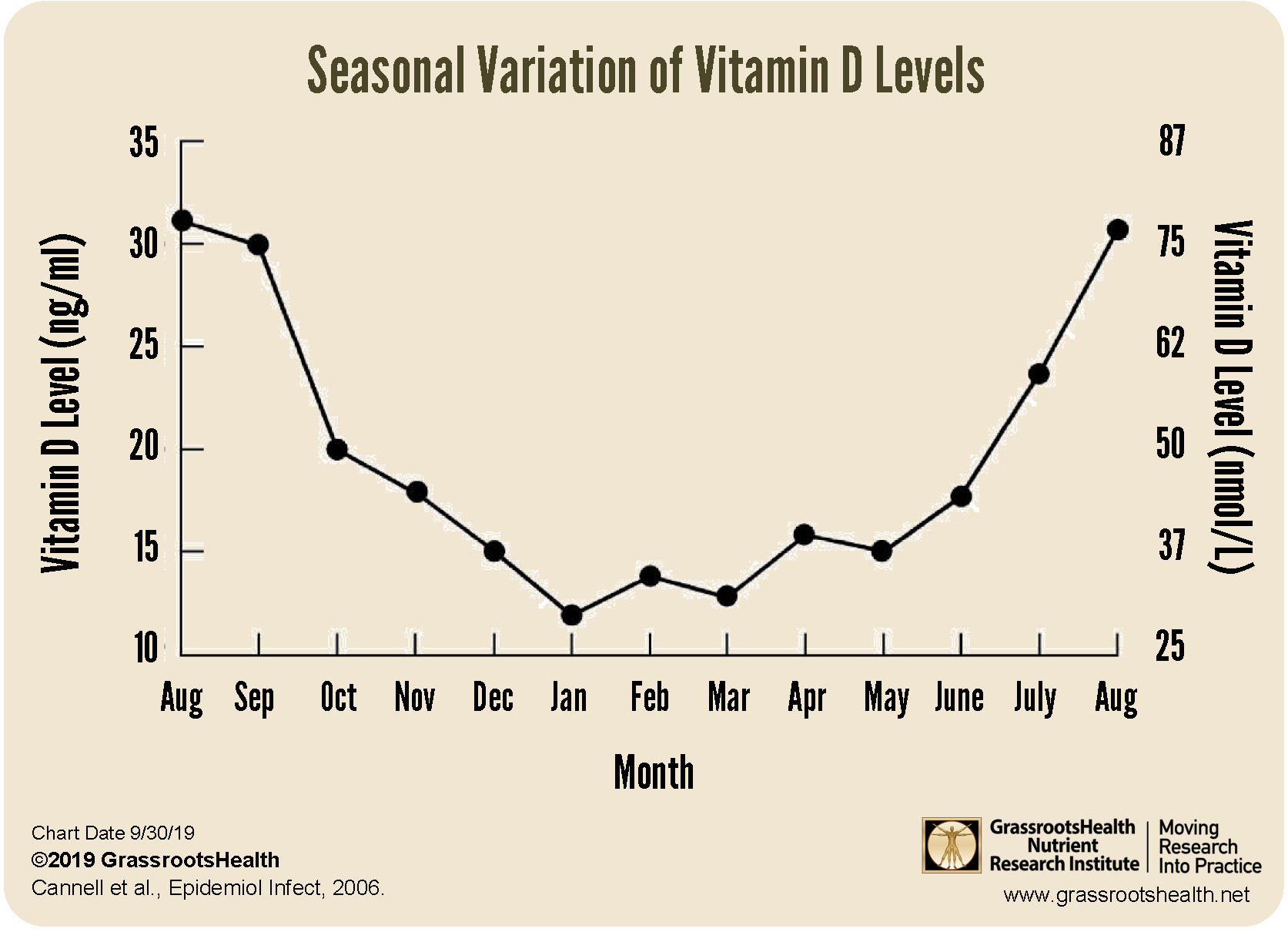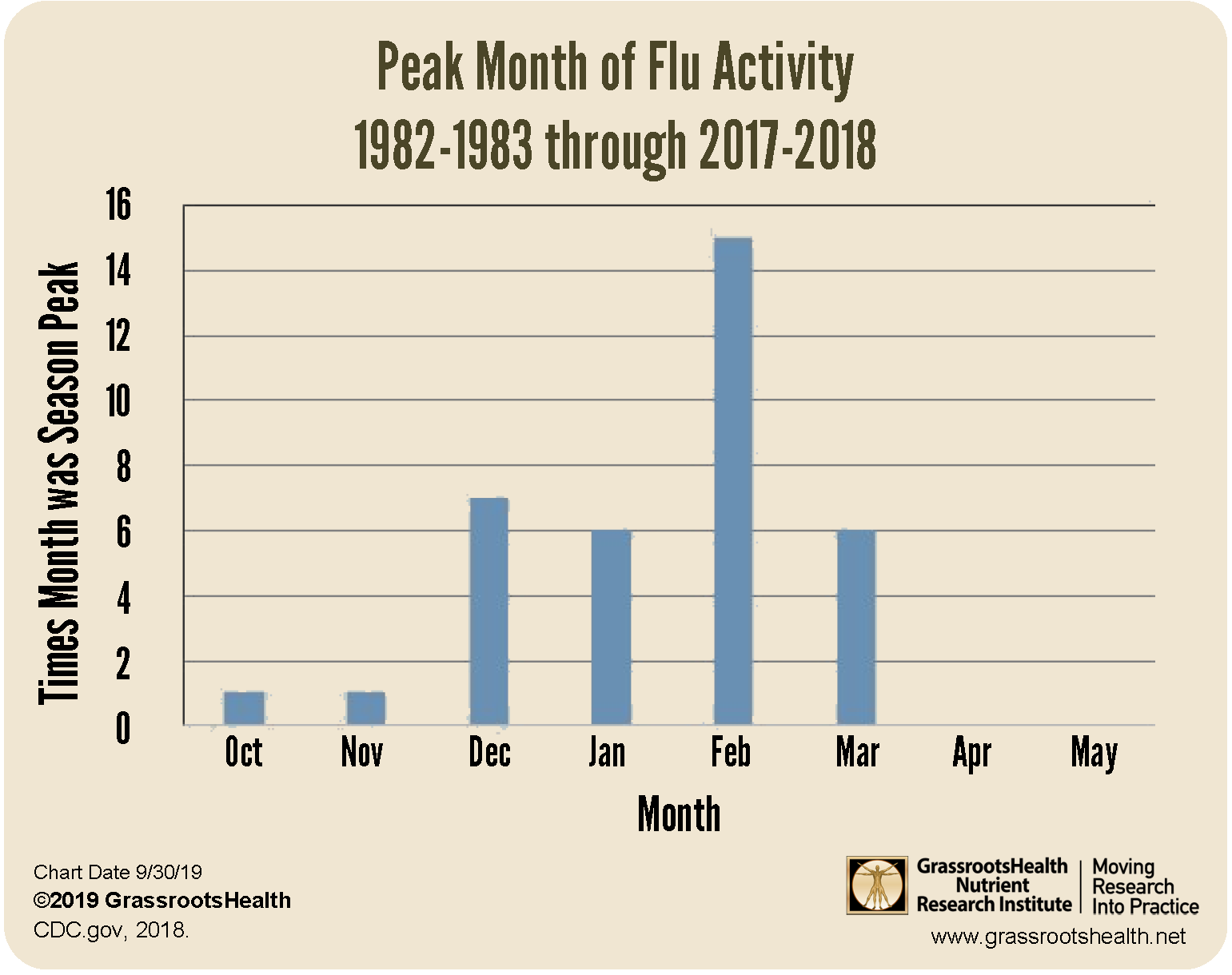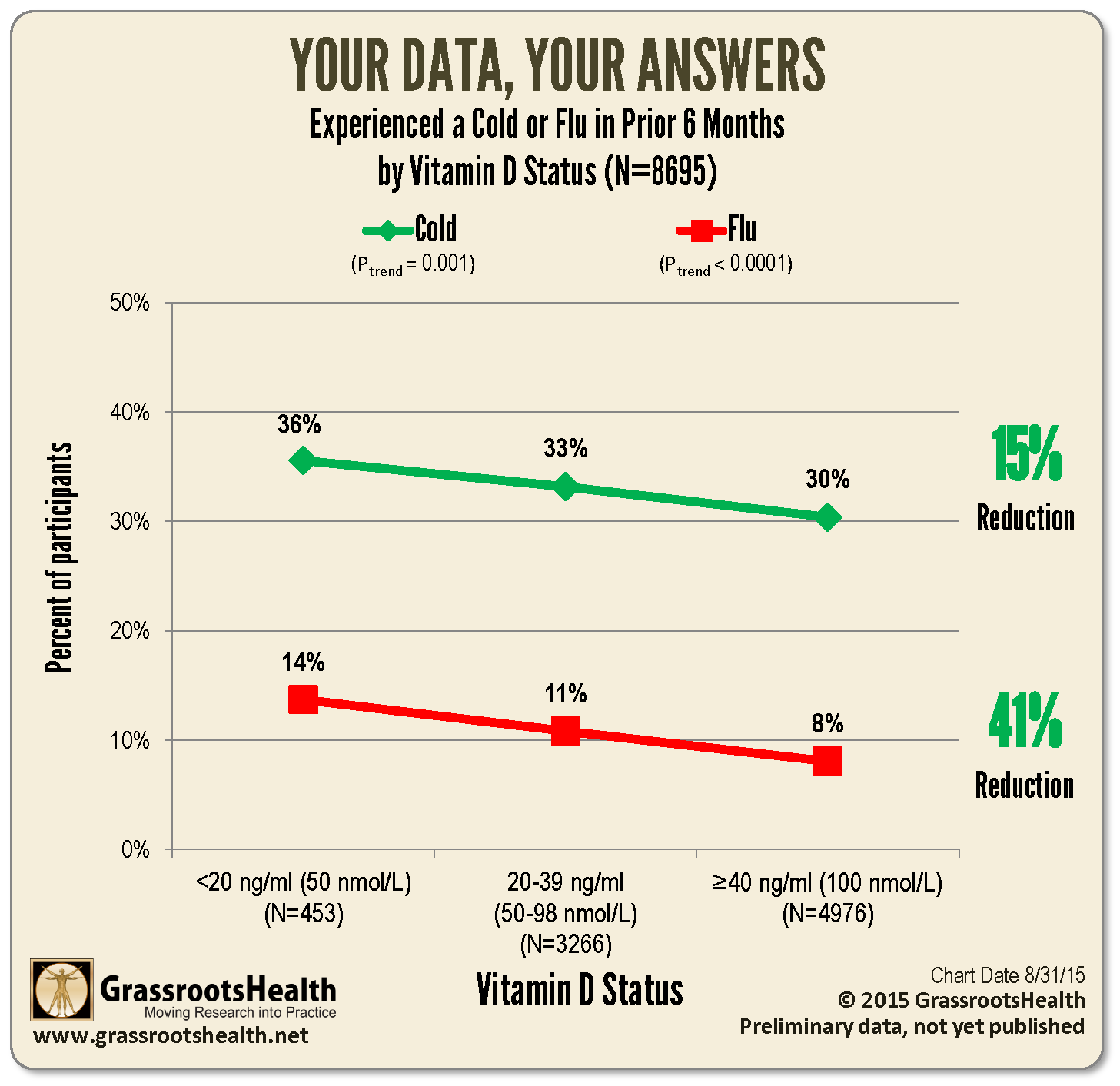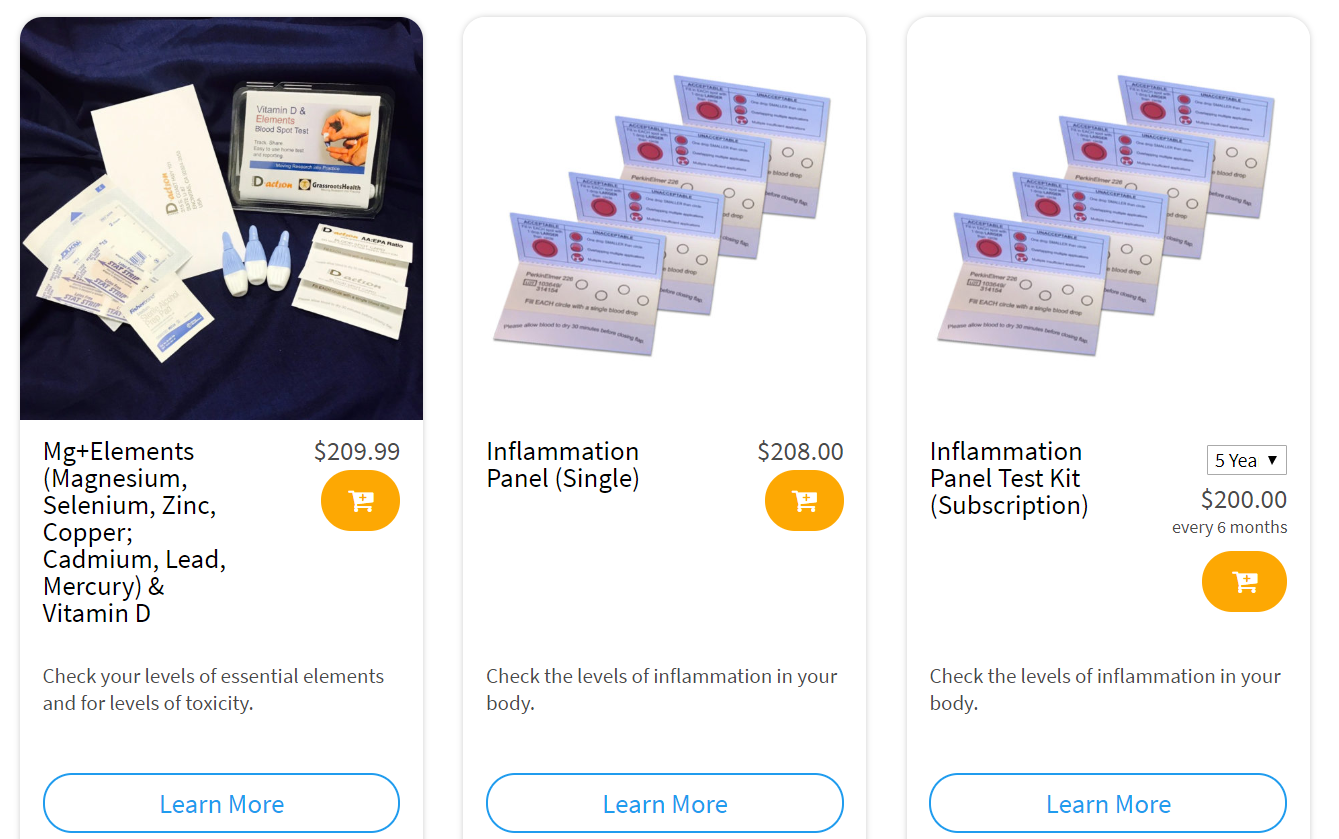Published on October 1, 2019
 October is generally the month when we start to see an increase in cold and flu activity. What can you do, starting now, to decrease your chances of getting the cold or flu, or lessen its severity and symptoms if you do get it? We will share some of this information with you over the next couple weeks.
October is generally the month when we start to see an increase in cold and flu activity. What can you do, starting now, to decrease your chances of getting the cold or flu, or lessen its severity and symptoms if you do get it? We will share some of this information with you over the next couple weeks.
Take Action Now to Prepare for Winter
Over the past 34 years, February has been the most common month for peak flu activity. Why is the flu more common in winter? There are two basic reasons:
- The influenza virus lives longer outside the human body when it is cold and dry, resulting in the flu season starting in late fall as cold air reduces the absolute humidity of the air.
- Vitamin D levels tend to be lower in winter. Below is figure 3 from the research paper, “Epidemic Influenza and Vitamin D,” which graphs the seasonal variation of vitamin D levels of inhabitants, aged 50-80 years, of a small southern German town.
As illustrated by the graph above, vitamin D levels tend to decrease dramatically between September and October, with the lowest levels January through March. The chart below shows peak flu activity by month, with the number of times over the past 35 years a particular month has recorded the peak flu activity of a season. Peak months have been October through March, with the most frequent in February.
Taking both charts together, you can see that flu activity tends to peak during the same time vitamin D levels are at their lowest.
Is there an association between vitamin D and the incidence of cold and flu?
In the GrassrootsHealth questionnaire that accompanies each vitamin D test, participants are asked whether they had a cold or flu in the previous 6 months. What can we see from looking at this data?
- 33% of GrassrootsHealth participants experienced a cold and 10% experienced the flu during the 6 months before their most recent test.
- 41% fewer participants with vitamin D levels greater than 40 ng/ml (100 nmol/L) reported experiencing the flu than participants with levels <20 ng/ml.
- 15% fewer participants with vitamin D levels greater than 40 ng/ml (100 nmol/L) reported experiencing a cold than participants with levels <20 ng/ml.
In the next part of this series, we will summarize more research on the association between vitamin D, the prevalence of colds and the flu, associated symptoms, and a comparison between vitamin D and the flu vaccine.
How is your vitamin D level for flu and cold season?
Testing your vitamin D level regularly and taking daily steps to keep it at a target level of 40-60 ng/ml (100-150 nmol/L) is important for all stages of health. Through GrassrootsHealth Nutrient Research Institute, you can also test your omega-3 status, inflammation levels, and levels of essential nutrients and toxins. Find out your levels today! Log on to the shop (click the link below) to get your tests and see for yourself if your level can be improved.
Make sure you track your results before and after, about every 6 months!
Click Here to Access the Shop Page
How can I track my nutrient intake and levels over time?
To help you track your supplement use and nutrient levels, GrassrootsHealth Nutrient Research Institute has created an online tracking system called myData-myAnswers. For each specific supplement, you can track what days you take it, how much, and many other details. This will help you know your true supplemental intake and what patterns of use work for you to reach and maintain optimum nutrient levels. Check it out today!










